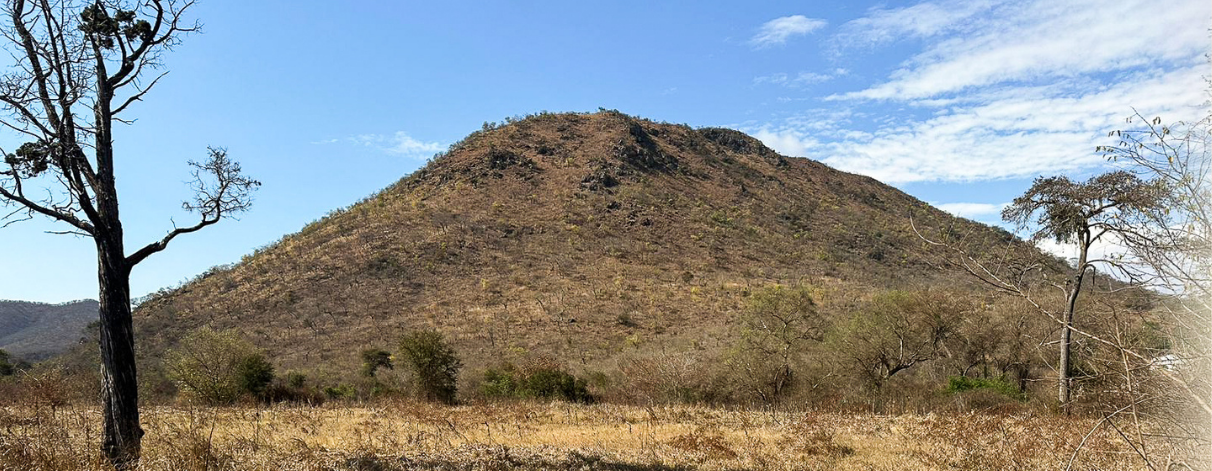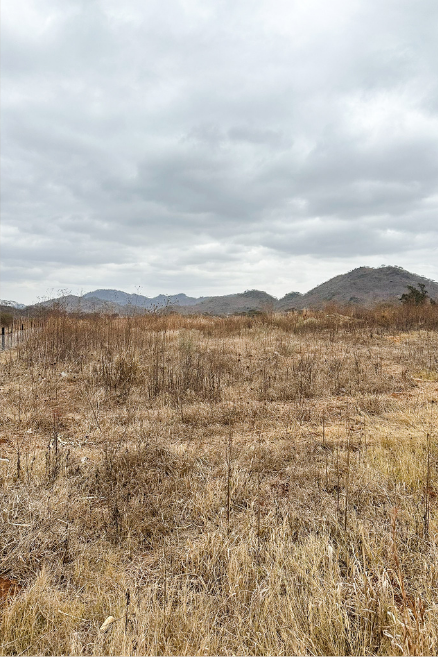
REGION
Penhalonga is a small town, located in Manicaland in eastern
Zimbabwe. Its hidden in the heart of the eastern highlands of
Zimbabwe, where tradition meets modernity. Its spectacular sights
and natural resources create the perfect background for a business
activity. Penhalonga is located about 18 kilometers north of Mutare
city, the main urban centre of the Manicaland region and one of the
most important cities in eastern Zimbabwe. Mutare is an important
commercial and cultural centre with developed infrastructure
including schools, hospitals, shopping centres and transport services.
The biggest advantage of Penhalonga is being located only a dozen or
so kilometers west of Mozambique’s border and important
communication routes leading to Beira — Mozambique’s main port on
the Indian ocean. What’s more is that its located nearby A3 road,
which connects Mutare with Harare, capital of Zimbabwe, and with a
border crossing Forbes — Machipanda. Such location make sit a good
place for international trade and cross border cooperation.
GOLD OF PENHALONGA - TREASURE HIDDEN UNDERNEATH
The gold deposits at Penhalonga are of extraordinary depth and richness. They
are part of one of the most important gold-bearing belts in Zimbabwe,
stretching across the entire eastern part of the country. Gold in this region
comes in several forms - both as nuggets hidden in quartz veins and particles
scattered in metamorphic rocks. They are distinguished not only by their
abundance, but also by the quality of the ore. Gold ores in this region are rich in
minerals, which makes them extremely attractive to investors and mining
companies. Gold deposits in Penhalonga can be divided into alluvial deposits,
which can be found closer to the surface and are located mainly in greenstone
belts, and primary deposits, which occur in quartz veins that cut through the
granite massifs of the region. These unique geological formations, part of the
Zimbabwe Granite Shield, contain extremely high-quality gold.Some are
several dozen meters wide and stretch for many kilometers, which makes the
mining potential enormous. Such diverse forms allow the use of various
mining methods, which increases the flexibility and operational possibilities of
investors. These gold deposits are of extraordinary quality and abundance,
making them one of the most sought after and valued in all of Africa. Gold
mined in this region is famous for its exceptional purity and high market value.
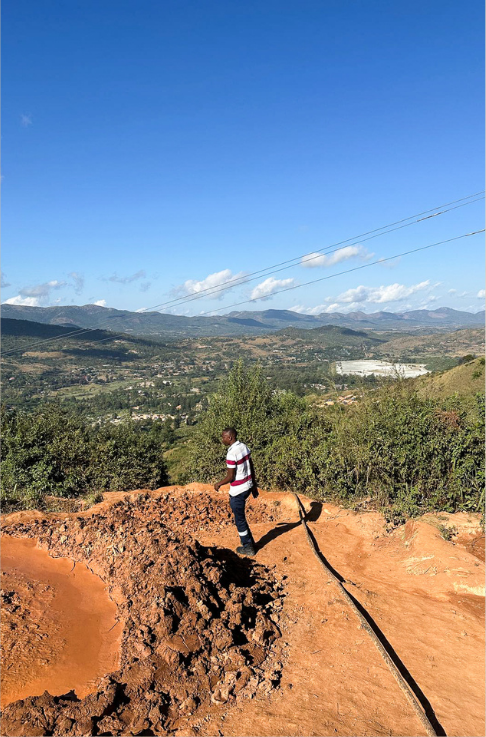

HISTORY OF PENHALONGA FROM GOLD RUSH TO PRESENT DAY.
Penhalonga is a place with a rich history of gold mining. From the late th century unl taday, the
region has attracted adventurers. investors and miners From all over the world. It was here that some of
the mest important events of the Zimbabwe Geld Kush tock place, shaping the future of the regien and
its communities. Penhalonga has a rich and fascinating history that dates back to the late th century,
when the first geld depesits were discovered by ee settlers. In 1890, the Redwing mine was
established here, which over time hecam me ene of the most Impertant gold mining centers in the country.
The early years of the mine’s evelopment were Marked by difficult working conditions, but alse by great
enthusiasm and hope for wealth, which attracted hundreds of prospectors from all over the world. Ac the
beginning of the 20th century, thanks te investments and the influx of new technologies. the mine
became a significant gold producer. Mining rook place both above and underground, allowing the
exploitation of rich quartz veins that contained large amounts of high quality gold. During the interwar
perind and after World War IL, Redwing was one of the leading gold producers in Zimbabwe. The mine
attracted investors from all over the world, and the local community flourished thanks fo the growing
demand for gold. However, in the 1970s and les, the mine began to suffer From problems related to the
depletion of readily available resources, as well as the economic and political difficulties that were
affecting Zimbabwe at the time. As a result, geld mining was partially limited and the mine faced
challenges related ta medernization and restructuring. Currently, the Redwing Mine is experiencing a
periand of rebirth as the region is onee again in the spodighe of investors interested in gold expleration
and exploitation. Penhalonga’s gold deposits are still abundant and their porential has not been fully
exploited. Thanks to medermn mining technelogics and improved infrastructure, it is possible te increase
extraction and reeever resources that were previously considered unavailable.
MAIN DEPOSITS AND THEIR IMPORTANCE
Red Wings mine, located in the heart of Penhalonga, is not only ene of the
most Famous, but also historically most important gold mining sites in the
region. For years, it was a symbol of the wealth and strategic importance of
Zimbabwe's gold deposits. The mine's reserves are estimated to exceed 80
tonnes of gold, with the potential for this Hgure to increase with Further
gee ological. exploration and a better understanding of the deposit structure.
Redwing has been at the forefront of domestic production since the 1990s,
achieving impressive results of 5,000 20,000 ounces of gold per year.
Although some of the sceposits have already been exploited, they still contain
significant wealth. Modern mining technologies create opportunities ror
even more elTective recovery of this valuable metal, which may transform
Redwing into one of the most impertant places on the geld map net only in
Zimbabwe, but also en the entire African continent. These deposits are
distinguished by their extraordinary quality and purity, which makes them
invariably desirable on global markets and cimphasize ses their strategic
impertanee for the Future of mining in the region.
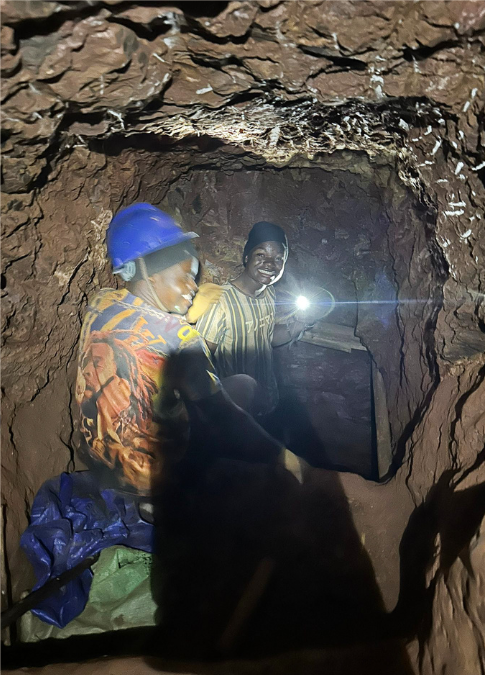

DDTZ-OZGEO mine is one of the most intriguing and dynamically
developing gold mining sites in Zimbabwe. Co-created by a joint venture
between the Development Trust of Zimbabwe (DTZ) and the Russian
company OZGEO. This mine is an excellent example of international
cooperation in the mining sector, where local knowledge combines with
global expertise to create unique value in the raw materials market. The
gold deposits in this mine are impressive in both quantity and quality. To
date, DTZ-OZGEO has produced hundreds of thousands of ounces of gold,
and their long-term development plan envisages even greater production
in the coming years. Moreover, with further geological and exploration
research, there is a high probability of discovering new deposits, which
further increases the production potential oF this mine. Thanks to the use
of modern mining technologies, this mine not only maximizes the
elficiency of deposit exploitation, but alse minimizes the impact on the
local natural environment. DTZ-OZGEO's activities are strictly controlled
to ensure sustainable management of resources as well as maintaining
high ecological standards.
Muriel Gold Mine, although perhaps less
known compared to the giants of
Zimbabwe's mining industry such as
Redwing Mine, it holds a wealth of
inestimable value. This gold mine is a
perfect example of combining traditional
mining methods with modern technologies.
Gold deposits at the Muriel Gold Mine are
estimated at several million ounces, with the
prospect of significantly increasing
production through further exploration and
investment. This mine is characterized by
rich gold veins with high concentration,
which means that even at medium mining
depth, gold production remains at a stable
level. Annual production ranges from 10,000
to 15,000 ounces, which proves its
significant position in the local mining
industry.
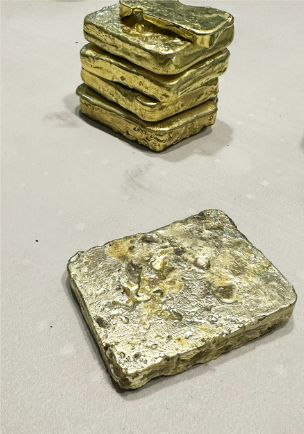

GOLD MARKET IN 2024 THE RETURN OF KING OF STABILITY
In 2024, gold shines again, becoming a key piece of the
global financial puzzle. Once perceived as a safe haven
in difficult times, today it is gaining even more
importance. or decades, US Treasuries were
considered the safest investment, but changing
conditions such as rising interest rates, inflation and
geopolitical tensions mean that gold is once again
rising to the top as the safest reserve for countries,
investors and central banks. Not only is its value
skyrocketing, but it also symbolizes safety in an
unpredictable world.
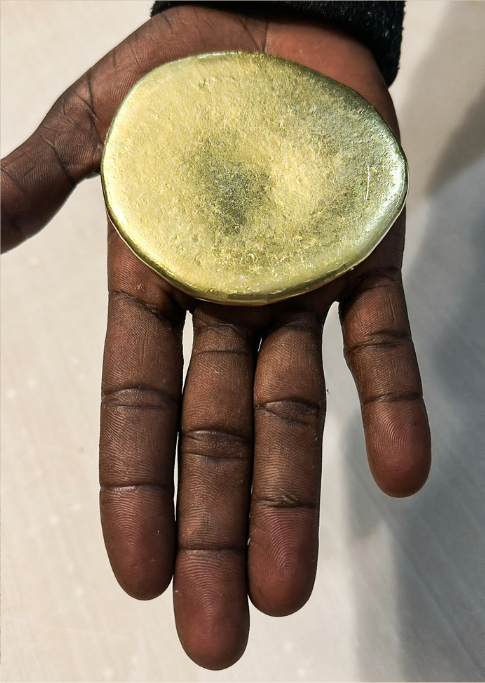
HOW BRICS COUNTRIES SHAPE THE GOLD MARKET IN 2024
In 2024, the gold market has gained much importance, and the BRICS countries - Brazil, Russia,
India and China - are at the center of these changes. These four economies not only influenced the
global demand and supply of gold, but also played a key role i in shaping the prices of this precious
metal. In 2024, the gold market has gained much importance, and the BRICS countries - Brazil
Russia, India and China - are at the center of these changes. These four economies not only
influenced the global demand and supply of gold, but also played a key role in shaping the prices of
this precious metal.

DEMAND FOR GOLD
• China and India: China and India remain leaders in
gold consumption. In China, demand increased by 4% to
900 tonnes, mainly driven by the jewelry sector and the
growing middle class. India, despite economic
challenges, increased its demand for gold by 5%, which
translated into 600 tons. For both of these countries,
gold is not only an investment, but also a symbol of
security.
• Russia: In 2024, Russia continued its dedollarization
strategy, increasing its gold reserves to 2,500 tons, a 7%
increase compared to the previous year.
• Brasil: Brazil also increased its reserves to 140 tonnes,
seeking stability in times of currency instability.
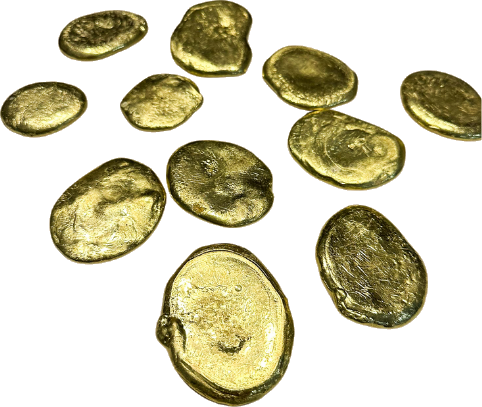
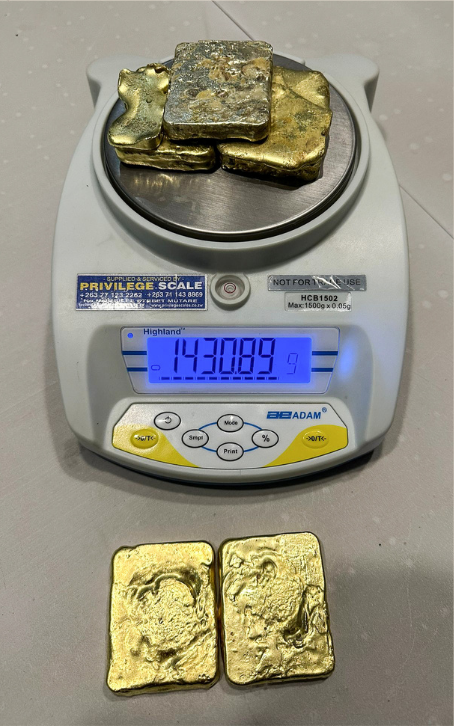
GOLD PRODUCTION
• Russia and Brasil: Russia maintained its position as one of the
leading gold producers, with production of 330 tons. Brazil,
although smaller, has managed to increase production to 110
tonnes thanks to new investments and improved technology.
• India: Although India is not a large producer, in 2024 it began to
take steps towards developing its own mining sector.
• Increased production and recovery: In 2024, gold
production from mining increased by 4%, reaching an impressive
893 tonnes. This means that mines around the world have
increased their production to meet the growing demand for this
valuable metal. Ilowever, it was not only mines that contributed to
the increase in supply. Gold scrap that is recovered and processed
has played a key role in meeting market needs. In the first quarter
of 2024, 350.8 tons of gold scrap were recovered - 12% more than
a year ago
GOLD PRICES
The average gold price in the first quarter of 2024
Was USD 2,070 per ounce, an inerease of 10%
compared to the previous year. The price reached a
record high of $2.431/oz in April after the political
crisis between Israel and Iran escalated. At the
moment, it has already broken the price of USD
2,500 per ounce. Gold maintained its high value also thanks te
growing demand and strategic decisions made by
the BRICS countries. BRICS countries have become
key players in the gold market in 2024. The central
banks of these countries are aggressively increasing
their reserves to protect their economies from
nancial sanctions and geopolitical instability. For
these countries, gold becomes a key element of their
reserve diversification strategy and pretection
against external pressures. Their actions and
decisions clearly shape the ruture of this market,
both in terms of demand and price stability

GOLD MARKET IN 2024 IN THE CONTEXT OF AMERICAN TREASURY BONDS
In 2024, gold is gaining importance in the eyes of global
investors, especially in the Face of growing economic
uncertainty. Traditionally considered a "safe haven,” U.S.
Treasuries are starting to lose their appeal. Reason? The
increase in interest rates in the US and persistent inflation at
3-4% encourage investors to look for alternatives. Interest rates
are already reaching 5.5-6%, which is driving down the value of
bonds and prompting many to turn to gold. In 2024, there will
be a clear flow of capital from US treasury bonds to gold. Global
gold backed ETFs attracted as much as $50 billion in the first
half or the year, up 20% compared to the same period in 2025.
Meanwhile, about $100 billion was withdrawn from US.
Treasuries, reflecting investor concerns about future monetary
policy and inflation. This trend shows that investors are
increasingly turning to gold as a safer alternative in volatile
times.


Gold vs American treasury bonds

• Gold price: In 2024, the gold price will fluctuate between USD 1,900 and USD 2,000 per ounce, which
means an increase of 8% compared to 2023. This reflects increased demand for the precious metal,
particularly as a protection against inflation and market volatility.
• Yield on treasury bonds: The US 10-year Treasury yield rose to 4.5% from 3.2% in 2023. While
theoretically higher interest rates may make bonds more attractive, their falling market value as interest
rates rise discourages many investors, who are increasingly choosing gold as a safer haven.
• De-dollarization: This is onc of the most important trends affecting the gold market in 2024. This is the
process of many countries gradually reducing their dollar reserves in favor of gold and other assets. China,
which held $849 billion in US Treasuries as recently as 2023, reduced its reserves to $775 billion in April
2024 - the lowest level since 2009. Similarly, other BRICS countries such as Brazil, India and Russia have
also reduced their exposure to US Treasurics, investing in gold instead.
• Common currency: This is all part of a broader strategy to diversify forcign exchange reserves and
become independent from the US dollar. In 2024, many BRICS countrics are considering the creation of a
common currency based on gold, which could provide an alternative to the dollar in international trade
transactions. Such a currency would aim to inereasc the financial sovercignty and economic stability of
these countries.
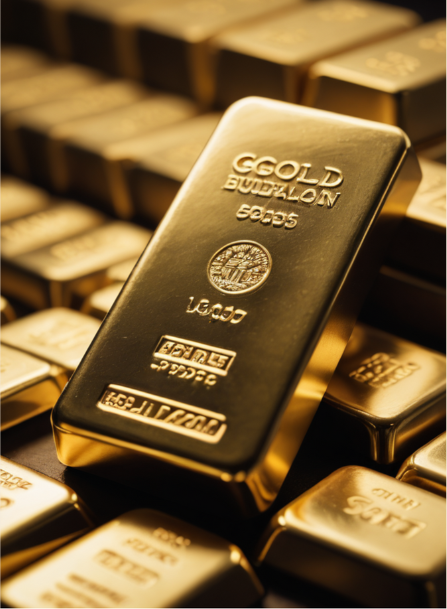
Gold as a foundation of new financial system.
In 2024, central banks and pension and investment funds around the
world intensively increased their gold reserves, adapting their strategies
to new economic challenges.
Pension and investment funds: Pension and investment
funds, particularly in Europe and Northeast Asia, have also
increased their exposure to gold to diversily their porttolios and
reduce bond risk. In 2024, the average allocation to gold
increased to 7%, From 5% in the previous year, demonstrating
the growing importance of gold as a sate haven in difficult
limes.
Central banks: In 2024, central banks, especially in countries like
Russia, China and Turkey, have focused on accumulating gold in
response to rising inflation and political instability. Over the first three
quarters, these three countries purchased a total of approximately 300
tonnes of gold, contributing to an inerease in global central bank gold
reserves to 39,500 tonnes—1.59 more than in 2025. Since 2022, central
banks have purchased ever 2,000 tons of gold, which constitutes as
much as 816 of all purchases of this metal by state insdtutions. This
trend points toa shift away from the US dollar and a possible new role
for gold in the global financial system. Gold prices are up mere than 15%
in 2024, reaching the $2,100-$2,200 per ounce range, highlighting
rising demand and tight supply. Central banks played a key role in this
erowth, net purchasing 289.7 tonnes of gold in the first quarter—1%
more than the same period last year and 1295 above the 2025 quarterly
average. The largest buyers were the central banks of Turkey (30.1
tonnes), China (27.1 tonnes) and India (18.5 tonnes).

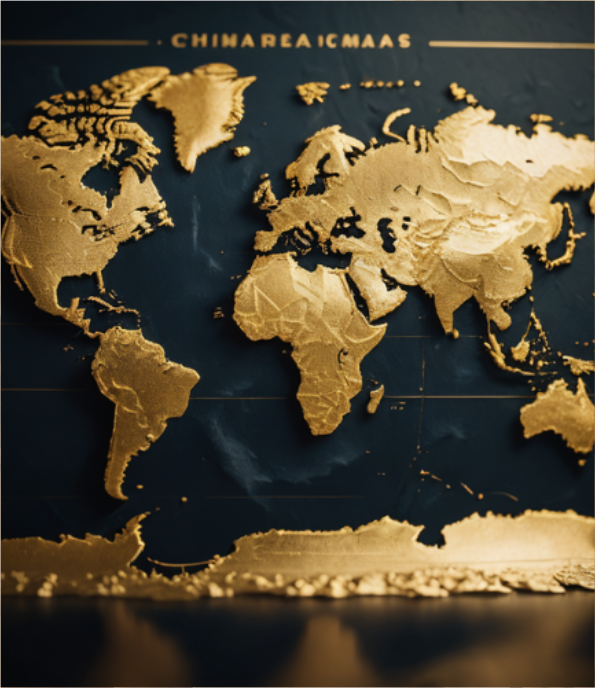
Geopolitics and gold: New era of uncertainty
The rise in gold prices in 2024 is also driven by rising
geopolitical tensions. Confilcts in regions such as the Middle
East, East Asia and Eastern Europe are prompting investors
to look for safe assets. Economic sanctions imposed on
Russia and potential sanctions on China increase
uncertainty in international markets, which in turn leads to
greater interest in gold as a risk-hedging asset.
Iran, a member of the Shanghai Cooperation Organization,
is also increasing its gold reserves in preparation for
potential sanctions and pressure from the West. This
organization, the largest regional military organization in
the world, brings together countries that together account
for 75% of the world’s population and nearly half of global
GDP, which further emphasizes the importance of gold as a
protection from geopolitical uncertainty.

